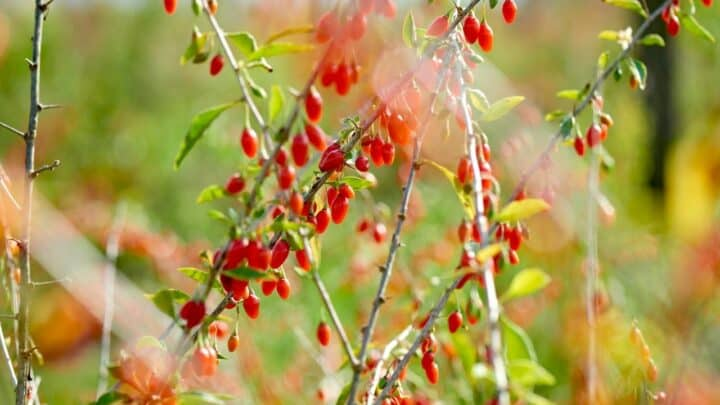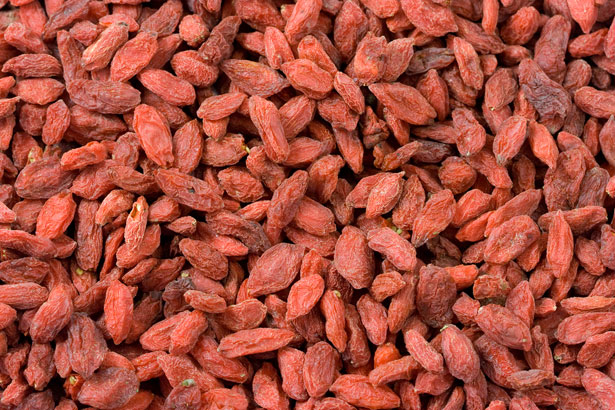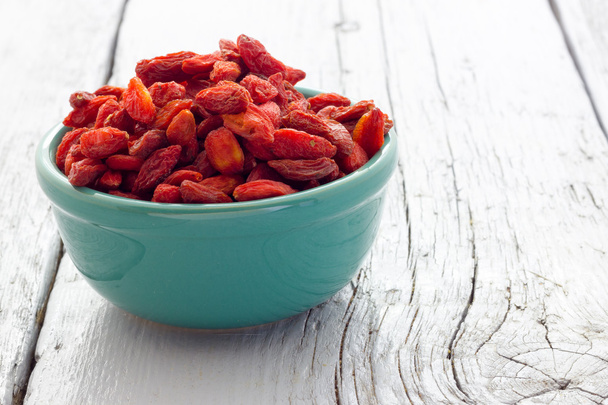Growing goji berries in soil requires the right conditions and proper care. Here are the steps to consider when growing goji berries in soil:
- Climate and Location: Goji berries thrive in regions with a mild climate and ample sunlight. They can tolerate a wide range of soil types but prefer well-draining soil with a pH level between 6.0 and 8.0.
- Plant Selection: Choose healthy goji berry plants from a reputable nursery or start from seeds. Consider selecting varieties that are suitable for your climate and intended use.
- Soil Preparation: Prepare the planting area by removing weeds, rocks, and debris. Loosen the soil to a depth of about 12-18 inches (30-45 cm) and incorporate organic matter like compost or well-rotted manure to improve soil fertility and drainage.
- Planting: Dig a hole that is wide and deep enough to accommodate the plant’s root system. Space the plants about 3-4 feet (90-120 cm) apart to allow for adequate air circulation and future growth. Place the goji berry plant in the hole, ensuring that the crown (where the stem meets the roots) is level with the soil surface. Backfill the hole and gently firm the soil around the plant.
- Watering and Mulching: Water the newly planted goji berry thoroughly to settle the soil around the roots. Provide regular watering, especially during dry periods, to keep the soil evenly moist but not waterlogged. Apply a layer of organic mulch around the base of the plants to help retain moisture, suppress weed growth, and regulate soil temperature.
- Pruning and Training: Goji berry plants can be pruned to maintain their shape and promote better fruit production. Prune in late winter or early spring, removing any dead, damaged, or crossing branches. Training the plants to a trellis or support system can help manage their growth and facilitate harvesting.
- Fertilization: Goji berry plants generally do not require heavy fertilization. However, incorporating balanced organic fertilizers or compost during the planting stage can provide necessary nutrients. Follow the manufacturer’s instructions or consult a local gardening expert for specific fertilizer recommendations based on your soil conditions.
- Pest and Disease Management: Monitor the plants for common pests like aphids or spider mites. Use organic pest control methods such as insecticidal soap or beneficial insects to manage infestations. Practice good garden hygiene and remove any fallen leaves or debris to reduce the risk of diseases.
- Harvesting: Goji berries typically ripen in late summer or early autumn. Harvest the berries when they turn bright red or orange and are plump and juicy. Gently remove the ripe berries from the plant, being careful not to damage the branches.
By following these steps and providing appropriate care, you can grow healthy goji berry plants in soil and enjoy a bountiful harvest of these nutritious berries.



